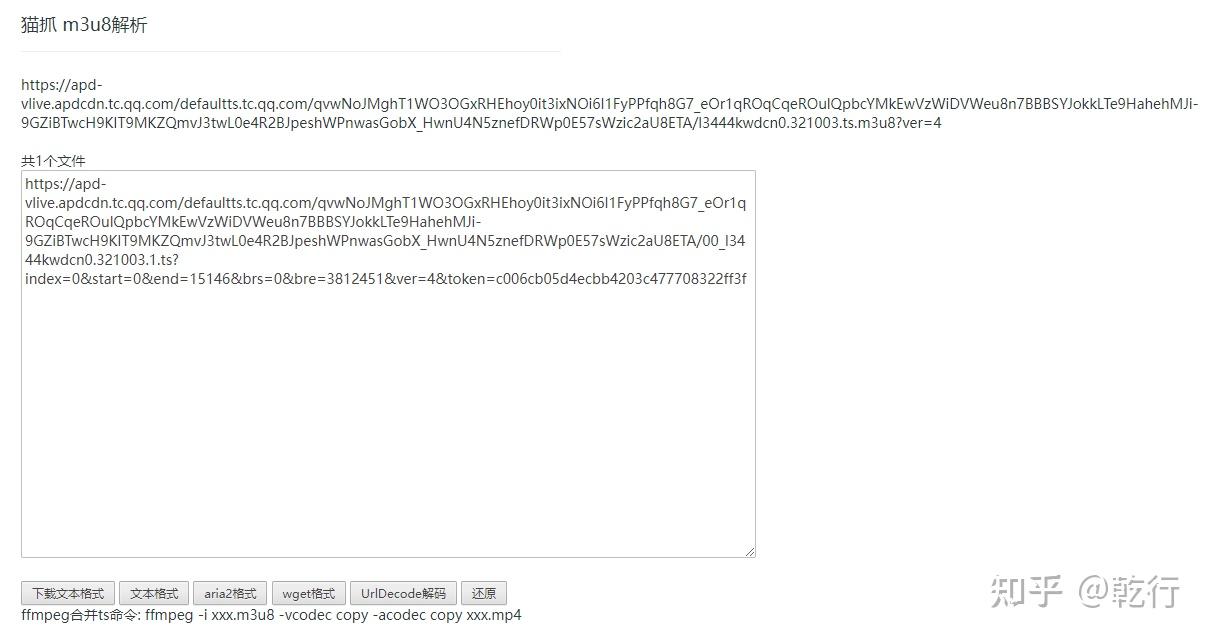
have installed ffmpeg and add ffmpeg executor to the system path.have installed nodejs and nodejs version is newer than v12.You need to manually edit the m3u8 file to fill in the urls of all fragments. If you want to download with ffmpeg at this time, it will be more troublesome. It sounds tricky, but it could be done.Its practical ffmpeg can be downloaded directly according to the m3u8 file, but some m3u8 files do not have the complete url 😑. Then you would have to listen for the 'segment' even on each because that is when the m3u8 is changed and you would have to manually combine them into a master playlist. You could tell a single ffmpeg to output 3 different fragmented mp4 stream of different sizes on pipe:1 ,pipe:2, and pipe:3 and create an mp4frag for each. Also, each mp4frag instance can only parse one stream. It does not do any encoding or resizing and would not be able to make a multiple bitrate playlist. Mp4frag is simply parsing data coming from ffmpeg. 2001 - 2200 frames should make 11 segments. 2000 frames / 200 fps = 10 frames of 1 second duration. I went with 2001 to see that doing the math.ceil matched up with an extra segment create for that 1 extra frame, wheres the other segments should have been filled with 200 frames. I put it under worse situations than it would normally be used under so that I can try to expose any weakness. In reference to test6, I use settings like that to try to break my code. I guess know you will understand why i'm always pointing to fragmented mp4 pieces so i can send them to this code above, because if they are not fragmented mp4, they won't work when i append them, i hope you understand what i'm trying to achieve SourceBuffer.appendBuffer(buffer) // when the seconde video comes i append it's buffer

If ('MediaSource' in window & MediaSource.isTypeSupported(mimeCodec)) ) Var video = document.querySelector('video')


 0 kommentar(er)
0 kommentar(er)
